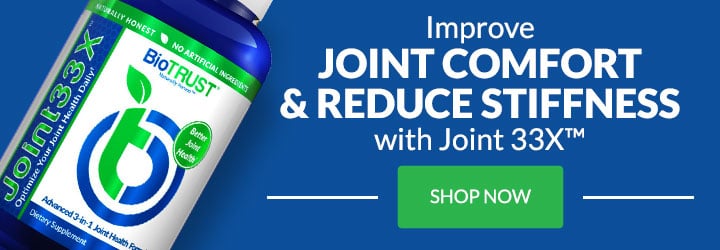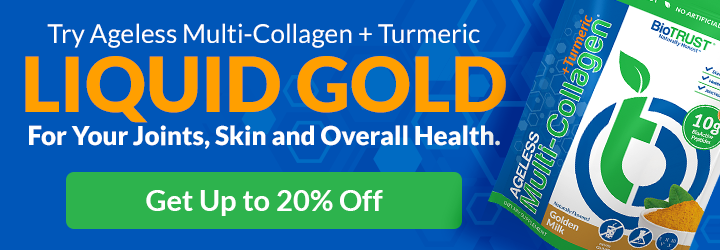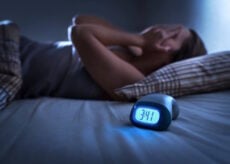What Is Dry Needling? A Modern Approach to Muscle Recovery
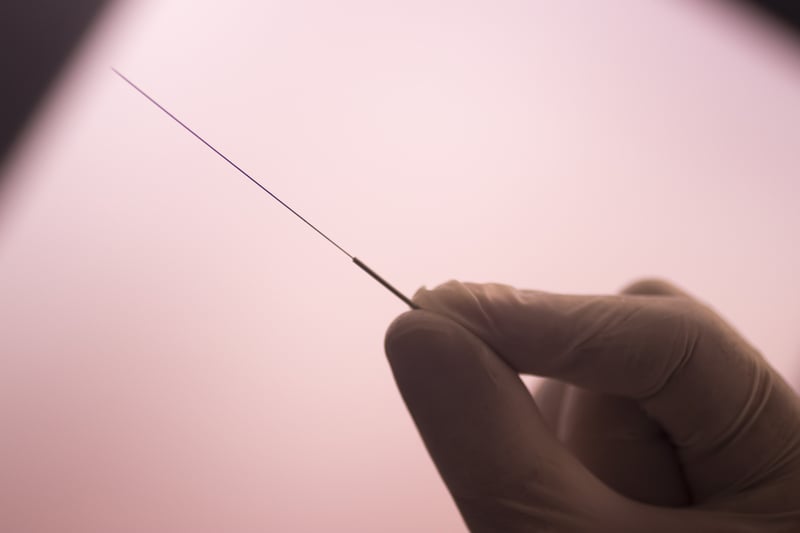
Whether you’re new on your fitness journey or have embraced this lifestyle for decades, we all experience muscle pain from time to time. Perhaps it’s from a hard workout. Or maybe it’s just been a stressful week. When you are in pain, it’s only natural to look for some relief. You may try massage, foam rolling, stretching, and other techniques to help reduce pain and promote muscle recovery. But there’s a new(ish) therapy that’s gaining attention: dry needling. What is dry needling? How does it work? And why it might just be what you need to ease those post-workout aches and pains.
What Is Dry Needling?
Dry needling is a relatively new therapy, beginning after a 1979 study looked at the effects of just using a dry needle as opposed to injecting a substance (i.e., medication). Since that time, several studies have demonstrated the effectiveness of helping ease muscle pain, dysfunction, and recovery by inserting thin, solid needles into trigger points. These specific points within skeletal muscles are the tight bands that lead to pain and discomfort. The goal of dry needling is to help these muscle points release, reduce muscle tension, improve blood flow, and ultimately help muscles fully relax.
While dry needling and acupuncture both use needles, the history and the practice of each are very different. Acupuncture, for instance, is based on Chinese medicine. It focuses on balancing the body’s energy (aka Qi). Dry needling, on the other hand, is rooted in Western medicine. It targets specific trigger points to cause muscles to relax.
The techniques also vary. While acupuncture needles are inserted into specific points along meridians to improve the flow of energy, dry needling targets muscle knots or trigger points directly to help release tension and, thus, pain and tenderness.

How Does Dry Needling Work?
When trigger points are stimulated, they create a local twitch response or the involuntary contraction of the muscle. This response helps interrupt the cycle between muscle tension and pain, which may then improve the overall function of muscle as well as the range of motion.
More research is needed to fully understand the exact mechanism, but researchers suggest dry needling may encourage a healthy response to inflammation, improve blood flow, and release chemicals within the body to help promote healing.
Dry needling is used to address a wide range of issues in the muscles, including:
- Pain: By targeting trigger points, dry needling may help reduce both acute and chronic pain. Ahhh.
- Mobility: After having muscular tension released, you may experience greater flexibility and range of motion.
- Muscle Tightness: When muscles are more relaxed, it’s easier to perform physical activities.
- Recovery: Athletes and fitness enthusiasts of all levels may find dry needling helps speed recovery and reduce muscle soreness.
Dry needling has been shown to be a powerful tool when it comes to managing pain. When used alone or with other methods, such as regular exercise, stretching, and massage, it can help ease several conditions, including:
- Back and neck pain
- Shoulder pain
- Tension headaches
- Migraines
- Fibromyalgia
- Plantar fasciitis
- Tennis elbow
- Sciatica
- Knee pain
Research confirms it’s a valuable tool for managing pain and improving function, especially when used with other therapies. Studies have indicated people find sustained relief and improved quality of life when dry needling is a part of their comprehensive pain management plan.
Where Can You Get Dry Needling?
Convinced that this is just what you need to relax those tight, sore muscles? Then you’ll want to know where to get it.
Dry needling is primarily performed by trained healthcare professionals, such as physical therapists, chiropractors, athletic trainers, and other licensed healthcare providers. It does take specialized training and often is used to complement other treatments.
Remember, while acupuncturists use similar tools (i.e., needles), acupuncture and dry needling are distinct practices with different philosophies and techniques. So, if you are interested in dry needling, you’ll want to seek out practitioners who have been specially trained in this therapy and are certified and licensed in dry needling.
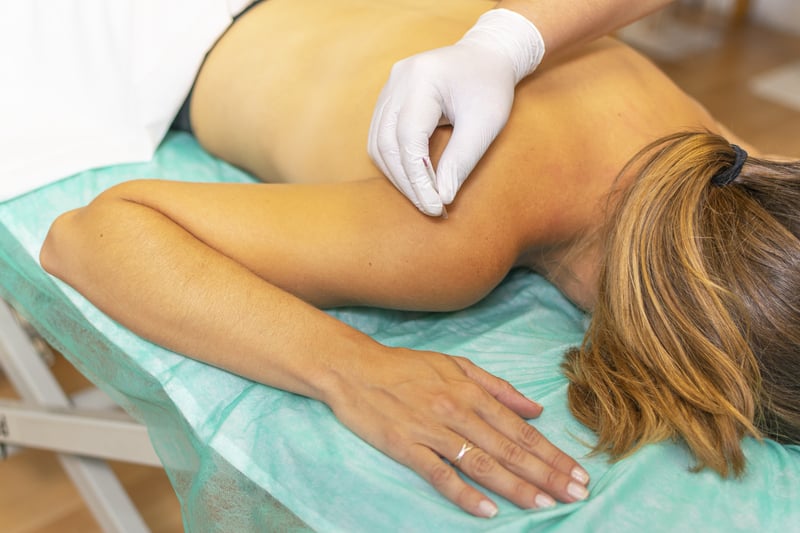
What Does a Session of Dry Needling Look Like?
Before your dry needling session, drink plenty of water. In fact, you’ll want to stay hydrated before and after the session to aid muscle recovery. You may also want to eat a light meal so you don’t arrive hungry (which can make you feel light-headed). Wear comfortable, loose-fitting clothing so it’s easier for the practitioner to get to the affected trigger points.
Once you arrive, it’s also important to communicate clearly so your practitioner knows about any medical conditions you may have or any medications you’re using. You’ll likely be asked to relax in a comfortable position, usually lying down. The practitioner will identify any trigger points and then insert thin needles through the skin into the underlying muscle. They may then slightly manipulate the needles until the muscles respond as intended.
Most sessions take between 20 and 40 minutes. And most people require several sessions to achieve optimal results and experience the tension and pain relief they’re seeking.
Does Dry Needling Hurt?
Not everyone loves the idea of being poked with a bunch of needles, especially into muscles that are already tight and painful. Fortunately, most people experience minimal, if any, discomfort during a dry needling session. At most, you may feel a slight prick as the needle enters the skin, followed by a sensation of the muscle twitching.
After the session, you may also experience some minor soreness or discomfort, similar to how your muscles feel after a workout. It may take a few days to notice that your muscles feel looser and less painful. However, many people enjoy an immediate reduction of pain. It may take a few sessions to start seeing results. And, ensuring your sessions are consistent often leads to the best results.
Is Dry Needling Safe?
Dry needling is generally considered safe. That said, it may not be suitable for everyone. For example, it isn’t recommended for pregnant women, people with bleeding disorders, or on areas that are infected or have lesions. And, if you have an intense fear of needles, you may want to explore other options.
While side effects of dry needling are usually mild, they can include bruising or muscle soreness, feeling tired after a session, or, on very rare occasions, some people experience dizziness.
What Is Dry Needling: The Takeaways
Whether your muscles are sore from an intense workout, or you’re experiencing back, neck, or shoulder pain from too many hours in front of a computer, or your legs and ankles are sore from spending all day on your feet, dry needling is a promising and growing technique to relieve pain and promote muscle recovery and mobility.
From chronic pain to optimizing athletic performance to moving around a little easier, dry needling is worth considering as part of your holistic plan for better health and well-being.

